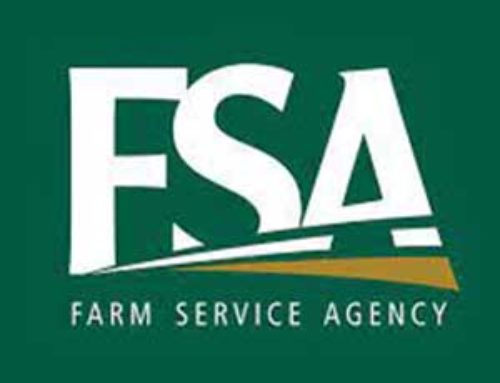Listeria is a true environmental bacterium, not requiring an animal host, and occurs naturally in water, soil and leaf litter, so eliminating it from the growing environment is not realistic.
Other pathogens, such as E. coli and Salmonella, may survive in these same environments, too, but they don’t typically grow or persist for extended periods in the absence of reintroduction.

However, with all of these microorganisms, growers can take steps to limit the potential for contamination and to protect their orchards and vineyards from lawsuits or legal action if new investigative techniques, such as whole genome sequencing, implicate their fruit in an outbreak of illness.
“My advice to any grower would be to conduct a very thorough risk assessment from the field all the way through packing or whatever stage they release the product. Ask yourself where along the way contamination could be introduced,” said Shawn Stevens, a global food-safety attorney and founder of Food Industry Counsel LLC.
Every operation is different, but most growers can do a few things to reduce potential sources of contamination.
These include:
—Raise bins off the ground. Apples might come off the tree fairly clean, but if they are stored in a bin that’s set on wet ground, contaminated mud, fecal matter, or decaying vegetation can get into the nooks and crannies of the bins, said Trevor Suslow, extension research specialist in the Department of Plant Sciences at the University of California.
Contamination can also spread during pre-packing drench system treatments and dump tank or immersion and flotation of fruit for packing systems, he said. Another option to consider: adding polymer film bin liners to prevent fruit from contacting bins.
—Scan your property for piles of decaying vegetation, which can harbor Listeria and other pathogens.
Such piles should be kept away from water sources, and also from human and equipment traffic, which can pick up and spread bacteria to other parts of the orchard, Suslow said. Similarly, growers should look beyond their property border to adjacent operations.
Listeria grows well in silage, for example, so if a grower has an animal-feeding operation next door and silage piles near the orchard, he or she might want to work with the neighbor to mitigate the contamination risk.
If you’re not sure, ask. Growers who have questions about a potential risk should consider approaching a consultant for a professional assessment, Stevens said.
Check in with an attorney to make sure you have contractual agreements in place to help protect you from liability should an illness be traced back to the orchard.
For instance, an agreement might disclaim any responsibility for the condition of the product and require your customers to put certain interventions in place, or simply state that beyond replacement costs, you cannot be held responsible for any damages associated with your fruit, Stevens said.
He also encourages growers to think about recall insurance, which will defray some of the often-extensive expenses associated with a crop recall.
Although the intent of whole genome sequencing is obviously to protect consumers, Suslow said, the possibility that it can link an illness outbreak to an orchard or vineyard is nothing to ignore.
“It’s a scary proposition, and I can understand there’s quite a lot of hesitancy to want to go in and do a deep seek-and-destroy, investigative, environmental-testing program to truly understand what your challenges are on your property or in your packing environment,” he said. But, growers are better off knowing more about their operations than doing nothing because they’re afraid of the answer. “Not knowing is how folks get caught in these big recalls, and that’s what you want to avoid.”
More from this story online:
—What is whole genome sequencing?
—Whole genome sequencing tracks pathogens, perhaps to your door
—by Leslie Mertz






Leave A Comment